|
Every Sunday, I read the real estate section in our local paper, and am simultaneously aghast by how expensive it is and grateful we were able to buy when we did. Our place is 5.4 acres of mixed residential/ag zoning, with a small 2/1 1920s bungalow, old farm shack, and rundown outbuildings that indicate it was a chicken farm long ago. We bought it for $385K in June 2010, and had to renovate the house right away to make it habitable, so all told, it cost us under $500K, which was considered affordable then and downright cheap now by local standards. But it is a LOT of money for people like us, and there’s no way we would have been able to afford it and start our cidery if it weren’t for the fact that Scott’s parents and grandpa all passed away within three years of each other, they all owned property in the Bay Area, that property was sold at Bay Area prices, and that money given to the kids. Generational wealth. Even so, I can’t imagine we’d be able to afford our place now.
Property, and ag land in particular, is expensive here, as it often is in a tourism-driven economy, and even during the seemingly never-ending pandemic and its heartbreaking economic and human toll, it’s getting even pricier, as people flee the Bay Area for country living (we are originally from the East Bay so we understand the allure). Out here in west county, there are so many second homes and vacation homes, that regular families are being priced out, so much so that we might have to close a local high school due to dwindling enrollment and budgetary shortfalls. If you want to own any amount of farmable acreage and a simple place to live here, odds are you have to be in tech, finance, wine, or be the beneficiaries of generational wealth. A 9-acre orchard (no structures!) near us sold for $1.5 million a couple of years ago and is now vineyard. Very high-end restauranteurs just bought a farm in Healdsburg for over $3.3 million. The list goes on and on and on. Seven digits is rapidly becoming the rule, not the exception. Compounding the wealth inequality is the racial inequity in Sonoma County, which of course goes hand in hand. Sonoma County (and California and the US as whole) has a long past and present of systemic racism in ag. (The dispossession and internment of the county’s Japanese American apple farmers during WWII is particularly galling, and racism against Chinese farm workers was rampant throughout the 19th and 20th centuries.) We live on the unceded territory of Coast Miwok and Pomo, but the only Indigenous-owned and -led farm I know of is in nearby Graton, and it is a nonprofit (The Cultural Conservancy) that had to get financial assistance from another nonprofit and negotiate a below-market price with the property owner, so that Native lands could be back in Native hands. POC, mostly Latinos, work the fields yet very few own their own farms. I can’t even think of an existing Black-owned and -led farm, though one is on the way. A 2017 survey reports that only 12% of all farms in California are owned by “historically disadvantaged” people. Of those only 2% are women, and 0.3% (yes, less than 1%) are Black. I don’t know the percentage in Sonoma County but I’m sure it’s dismally low. Do we really want Sonoma County ag to become a country club for white affluent people who grow stuff for other white affluent people, while BIPOC and low-moneyed farmers who contribute so much in both tangible and intangible ways are squeezed out and forced to move out of state, in order to nourish their community and themselves? I’m encouraged that Sonoma County has established an Office of Equity, and I’m hopeful they will prioritize and support these and other issues important to inclusion, equity, and justice. Meanwhile, I want to highlight an exciting effort led by our friend Kiley Clark, a Sonoma County-based Black queer woman farmer who is working to improve access and equity for BIPOC farmers. Please read all about her and her mission and contribute to her GoFundMe by clicking here. And read her vision below! Note, we will be donating 10% of our sales from the 2020 Love's Labor to her farm fund. We ask that you support her any way possible, and help spread the word. Thank you! Kiley Clark's GoFundMe to build a Black-led regenerative farm: https://www.gofundme.com/f/join-us-in-building-a-blackled-regnerative-farm A VISION FOR FARM EQUITY & ACCESS, FROM KILEY CLARK: For any beginning farmer with little to no access to capital or existing farmland, the most difficult issue to address is land tenure. Unlike a year-to-year lease agreement, long-term lease arrangement and protections allow a farmer to plan for the future and implement conservation practices. Many BIPOC farmers, including myself, are offered short-term leases on land not suitable for agriculture, have poor soil or lack water access, require high start-up funds to transform the land and are expensive to lease. We all know that purchasing land appropriate for agriculture is an expensive endeavor thus we are more likely to lease. Land tenure is a deciding factor in eligibility in many loan and grant programs. The ultimate goal is to create an opportunity to bridge the gap for myself and other BIPOC farmers who the USDA labels as socially disadvantaged. An incubator farm model will assist with providing access to land, cost-sharing, experience needed to gain eligibility into programs, joint marketing opportunities for 1-3 years. This model differs from an internship, apprenticeship, employment, a commune or a worker owned cooperative. I see it as more of a partnership of varying degrees. I will own and operate a vegetable enterprise while providing access to infrastructure (barn, sheds, storage and tillage ground), electricity and water, hand tools and power tools, equipment for rental, basic business support, joint marketing, surplus food and more to BIPOC farmers with complimentary enterprises. Location and size is dependent on funding. Bay Area-adjacent is ideal. Other locations in California and Washington state are also considered. We have secured $100,000 for a down payment and an additional $75,000 for start-up costs and supplies. TO SUPPORT KILEY'S VISION, PLEASE DONATE AND SPREAD THE WORD! https://www.gofundme.com/f/join-us-in-building-a-blackled-regnerative-farm
4 Comments
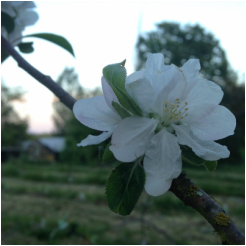 Golden Russet at dusk. A great American apple from 1845 New York, now blooming in 2015 Sebastopol. Golden Russet at dusk. A great American apple from 1845 New York, now blooming in 2015 Sebastopol. As often as I can, I walk down the lanes of our cider orchard, recording the first bud break, leafing out, blossom, and harvest of each apple variety. It’s an exercise I particularly enjoy. I am living history. Some of our apple varieties are pretty ancient, by our standards. Roxbury Russet originated in 1617 Massachusetts. Lady, in 1500s France. Kingston Black, 1820s England. The list goes on. Our orchard is at once a pomological research station—relatively few of our 100 varieties are being grown in California—and a time capsule. Our trees can trace direct lineage, though grafting, to the original specimen from centuries ago. As I walk, I often find myself thinking about that tree’s ancestor, and ours. What was happening in the world, say, when someone grew the first Muscat de Bernay (pre-1800 Normandy) or Hewes crab (circa 1700 Virginia)? What has happened since, and what has changed? What’s almost more intriguing to contemplate is that through centuries of human upheaval, the trees remain, flowering in the spring, bearing fruit, going dormant, then flowering again, every once in a while a human snipping off a piece of scionwood and slipping it into another tree, giving something literally rooted in one time and place the opportunity to move and proliferate and set down roots elsewhere. There’s a constancy and rhythm to their lifecycle that I find especially comforting and meaningful. Through our cider orchard we are part of a rich tapestry, we are keepers of the flame, we are a link to both past and future. If we don’t care for and propagate them, these varieties will die out. What we do in the present has ramifications on the years to come. It’s times as these, when I start thinking ahead, wondering what the next few centuries will bring, that I feel some trepidation. California in is its fourth year of extreme drought, and climate change is well underway, despite what the naysayers claim. I know, for those of you in the Eastern U.S., that seems laughable. You folks in New England still have lots of snow on the ground, and spring seems eons away. But our climate is starting to go haywire, and we’re the canaries. California is prone to drought; we know that. But our winters have become unnaturally warm and the storms erratic, just as climate scientists have predicted. We (thankfully) had nearly 2 feet of rain between Thanksgiving and Christmas, and then went on to experience our driest and warmest January ever, with 6 or 7 inches of rain total since. I won’t go on about why everyone should care about what’s happening in California (though honestly, you should care, as California grows up to 75% of some of America’s favorite foods; read this great article here.) I also don’t want to dwell too much on the things that are beyond my control. I feel like I’ve gone through the stages of grief with this drought and climate change. I can’t tell you how often I’ve wanted to deny climate change is happening, that the drought can’t possibly go on another year, only for it to do so. Then I’ve been angry at all those people who've undermined efforts to mitigate global warming and at all of us for being complacent and therefore complicit, and for not managing our water and other resources better. I’ve even tried bargaining: Hey, Boston, send us some of that snow you bulldozed into the Atlantic Ocean, and we’ll send you some sun! Most recently, I’ve been depressed. But now, I’ve come to accept that this is indeed happening. And I can either pack my bags and become a climate refugee and move, or do everything I can to help us adapt to the new normal while reducing our carbon emissions. California is my home. I want it to survive. Besides, you don’t go into farming, or grow apples and open a cidery in the middle of wine country for that matter, if you don’t have hope. You’ve probably been reading articles on our record-low (i.e. basically nonexistent) snowpack and quickly dwindling groundwater sources and seeing all those infographics about the high water usage for various crops and food staples, such as almonds, lettuce, and beef. Here’s some good news: with the exception of our young cider orchard, all of our apples come from dry-farmed orchards. The trees have been planted so as to never need supplemental water aside from what rain they receive during our typical rainy season (October to April). In periods with little rain, it’s tough on the trees. It may mean lower yield and smaller fruit, but that’s nature’s way of conserving energy. Ironically, lower yield and smaller fruit means more concentrated tannins, phenolics, sugars, and flavors, so climate change is a boon in terms of cider quality. At our own orchard, we heavily mulch our trees and do infrequent, deep drip irrigation to help prepare for as much dry-farming as possible. We’re also working on a pretty extensive plan for rainwater harvesting beyond our simple water barrels already in place. When we get downpours as we did last December, we’ll be able to collect many thousands of gallons for our irrigation needs. Also of concern is how the warm winters and early springs can negatively affect fruit yields, as most apple trees require several hundred chill hours (where the temps go below 45 degrees). So far we think we’re OK in getting enough chill hours, but we don’t know for sure; cider apples are notorious for being biennial bearing, meaning they have a big crop one year but small or none the next. Bloom time and harvest have been a full three weeks earlier than average. The first tree in our orchard started blooming on March 2. Today, on Earth Day, about three-quarters of our 800 trees have bloomed and leafed out, and some have even set fruit. Walking through an orchard of blossoms before the first day of spring, and harvesting the first apples before kids go back to school, has become our new reality. Freeze, schmeeze. We didn’t get our first proper frost until late December and even then, I don't think the temps have gone below 25 degrees in over a year. The bigger worry is heat waves in January. And February. And March. You get the picture. At the cidery, we use little water. We wash all the apples with a closed recirculating system, so the water gets filtered and reused. We don’t use apple juice concentrate, so no water is used during the fermentation process. We use water for cleaning the press equipment, tanks, barrels, and bottles, but we use no toxic or caustic chemicals and our water is reclaimed and recycled by the Town of Windsor to irrigate the local parks and recreation fields. For all our production, from washing apples to pressing to bottling and cleaning tanks and barrels, we use between 2.5 to 3 gallons of water for every gallon of cider produced, but none of it goes to waste. The areas we can improve are in our carbon emissions. Glass bottles, while recyclable, require gas firing. They’re heavy, and transportation from the factory and to our accounts is an issue. We do a little kegging, but we’re not fans of cans for what we do, so we still believe bottles are our best option. We’ve moved to lighter-weight bottles, and believe the carbon sequestered by our orchard and our growers’ orchards negates the carbon emitted by our packaging choice. Our cooling system runs on electricity, of which only about 40% is derived from renewable sources. So I’m looking into a new offering from our local power company for providing 100% renewable electricity. It’ll cost more, but the price of not doing so is even greater. We’d love to go solar, but it’s a leased facility, so that’s not feasible. On the upside, we farm with only minimal-input, organic practices—primarily organic compost, organic compost tea, and organic neem oil—so we’re not promoting the use of synthetic, petroleum-derived fertilizers, herbicides, and pesticides. We also focus heavily on building soil health and balanced insectary and mycorrhizal populations through cover crops, compost, mulch, and biodynamic preps, which allows the soil to retain more water and nutrients as well as sequester more carbon. We also grow a wide variety of vegetables, fruits, herbs, and flowers at our farm, and let noninvasive weeds and wildflowers do their thing, to nourish the soil, the birds, and the other good critters on our farm, so as to have a healthier, biodiverse micro-ecosystem that can better withstand stress due to drought and pestilence. A monoculture of apples, even if organic, is still a monoculture. And by using 100% local organic apples we’re promoting sustainable agriculture while keeping trucking to a minimum. I’m as guilty as the next person for living beyond the earth’s means for comfort and convenience’s sake. And I’m not so naïve as to believe that saving a few gallons of water here and there, and moving one tiny company to renewables, is going to make much of a difference in the grand scheme of things. But we’ve got to try all we can. We can’t give up. And we have to be mindful of the consequences of all our choices, even one so simple as cider. The great Wendell Berry wrote, “How we eat determines, to a large extent, how the world is used.” How we drink matters, too.  On Old Twelfth Night, we wassail. If you had asked me 10 years ago what the heck that means, I’d have guessed something about singing a Christmas carol in a Shakespearean play. But since we embarked on our adventures in Ciderland, the ancient English rite of blessing the apples trees to ensure a good harvest for cider has taken on almost mystical significance. Maybe because it’s steeped in pagan ritual—with its incantations and burning torches and raucous noise to ward off evil spirits, transporting us to a time when the natural world seemed to seethe with supernatural forces, before science and logic carved it into orderly, rational bits. Or perhaps because it encourages bacchanalian revelry—with cider-tipsy costumed celebrants traipsing in old orchards, singing off-key and slinging the wassail bowl—because who doesn’t need a good time in the depths of winter? But I think wassail is especially poignant because, thanks to sheer tenacity and a leap of faith, we still have orchards to wassail. If you don’t know anything about wassail, and I wouldn’t be surprised if so, wassail comes from the Old English phrase waes hael (“be well”) and is a traditional celebration held on either Twelfth Night (January 5 in the Gregorian calendar) or Old Twelfth Night (January 17 in the Julian calendar), or anytime in between. Throngs of costumed farmers would descend upon their dormant apple orchards, banging on pots, dancing, singing and reciting incantations, carrying torches and lighting bonfires, drinking cider and passing around a wassail bowl, and carrying out an elaborate spectacle to scare off the evil spirits in the hopes of securing an abundant crop in the fall. Kind of like Burning Man set in a craggy, sleepy orchard rather than a dry Nevada lakebed. The British photographer and author Bill Bradshaw has vividly captured English wassails, and the cider folklorist Maria Kennedy has written beautifully about the wassail experience and its sociological meanings, so I encourage you to check out their work. American cidermakers, cider lovers, and orchardists are beginning to embrace wassail, and it’s becoming a bit of a thing these days. Since planting our cider orchard, we’ve held our own wassails, though admittedly on a much smaller scale than I’ve wanted. I always envision a big fete, with me garbed as the Cider Queen, and our son putting the cider-soaked toast in our oldest tree for the robins, with revelers whooping it up, warmed by a bonfire. But the closest we’ve come to such a bash was in 2012, when our noise making spooked the flock of a dozen sheep sleeping nearby, who tore through the electric fencing and scattered all over our pasture in the dark of night. Mayhem! I just have never had enough oomph after harvest and the holidays to organize a large wassail, and besides, Scott would be worried the entire time about people inadvertently crushing his baby trees underfoot. Little sticks in the ground are hard enough to avoid in full daylight. So Saturday, we’ll be celebrating wassail the same way we did last year: with a little blessing at our farm, followed by a big party at the orchard of one of our local apple growers, who’s become a good friend. His story reminds me that what we’re doing has a positive ripple effect. We are helping to save local orchards. We are giving apple growers hope. I should qualify that. We are helping to save a few orchards. We are giving a few apple growers hope. Yesterday, about a half-mile from our farm, I passed by yet another old apple orchard being leveled to make way for a Chardonnay vineyard. We’ve been mulching our young cider orchard with the shredded trees from an old orchard that last year was bulldozed with shocking efficiency, and immediately planted to winegrapes. Another local orchard was recently swept up to make room for a new winery. This is our reality. On our scale, with our meager funds, we cannot work miracles. But there are glimmers of hope. There is renewed interest in preserving our agricultural heritage and diversity thanks to the work of Slow Food Russian River, Sonoma County Farm Trails, and Sonoma County GoLocal Cooperative, among others. The media is covering local apples and cider in a positive light. Some newcomers are buying orchards and, rather than plowing them under, actually keeping them intact with plans to expand, asking us what varieties we need. A couple of farmers and cidermakers are planting new orchards specifically for cider. Local growers, who initially scoffed at our mere mention of cider apples, have seen that this cider thing is taking off, and that four years later, we are still in business. It’s still an economic risk—What if cider is just a fad? they may ask—but they’ve witnessed the staying power of fine wine and craft beer in our area. They know cider could be a lasting success as well, if we cidermakers do our jobs right. The grower we’ll be wassailing with, his orchard is in the Green Valley AVA, among the most prestigious growing areas for winegrapes in California. He could convert it to vineyard and command 10 times the price of fruit per tonnage in a heartbeat. He has resisted, both out of a respect for heritage and an abiding love of apples, but it has been tough to do so. The economics of apple growing are appalling around here. We’ve been working with him for a couple of years, and now he has gone all-in, completely committed to apples, excited and energized, organizing wassail, getting serious about making his passion a reality. I am not so arrogant and sanctimonious as to believe we can take credit for all of these positive steps. But I do feel like we have made at least some meaningful contributions to the sustainability of the local apple culture. It’s humbling to realize that pursuing your crazy dream can sometimes help others pursue theirs as well. When we wassail on Saturday night, I’ll be honoring the interdependence of our community and our cider. I’ll raise the wassail bowl in a toast to our growers and to our fellow apple lovers, to their dedication and their hard work. I’ll sing at the top of my lungs to scare off the bulldozers: “Here's to thee, old apple tree! You’re not going to be plowed under if we can help it!” 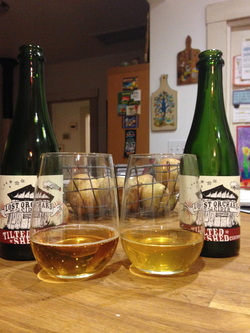 2012 vs 2013 Lost Orchard: check it! 2012 vs 2013 Lost Orchard: check it! It should come as no surprise that I drink quite a bit of cider. I usually look for the obscure, small-batch, orchard-based ciders. But lately I’ve realized I should keep tabs on the mass-market and more mainstream producers, to see what’s going on. Recently I’ve tried some new options from them, and they were all right, no defects, crushable, apple-y, some sweetness even though they were marketed as dry. I’m not so ambivalent about these types of ciders anymore. My forays into wine and beer began with Two Buck Chuck and Keystone Light, and let’s just say my tastes have evolved since then. Some people are cool with the gateway stuff, and some move on to more complex drinks. Whatever. One evening after tasting one such new product from a big brand, I opened up all of our ciders to compare. I drink a lot of our ciders. Again, no surprise. But not right after the mainstream stuff, and oh my goodness. Why didn’t anyone tell me the contrast was so great? I really had forgotten. I took a sniff then sip of Lost Orchard and exclaimed to Scott, “Hey, it’s like a different type of wine. It’s not like that cider at all.” Scott looked at me the way you look at someone you love when they’re being a total dork, and said, “Yeah, 95% of people expect and want cider like that, not like ours. We have to be fine with that.” Well, duh. If you know me, you’re aware that I tend to be a bit intense about everything in life. I really do consider myself a cider evangelist, not just for Tilted Shed, but for all of the makers who are as committed as we are to showing the complexities and wonders of cider made with honesty, care, and love. I get carried away, and I guess I expect everyone to get swept up as well. But it’s true, we’re not for everyone. We have the capability to make trendy ciders and increase our sales, but we choose not to because it doesn’t ring true with our philosophy. Thus, we’re (happily) hanging with our small (but growing) crowd of cider geeks. Excluding stalwarts such as Farnum Hill and West County, modern American cider is still relatively young. It’s a teenager in its awkward phase, wrangling with questions of identity (more like craft beer? or fine wine?) and of authenticity, trying to figure out its place in the world and how it wants outsiders to perceive it. And I think that’s what I’m coming to terms with as well. There’s a substantial population that contends that cider isn’t supposed to be taken seriously. It’s supposed to be playful and uncomplicated and priced low, a pleasant if innocuous part of your lifestyle. To them, I may be the worst kind of pretentious snob (though I’m way more of a slob) when I go off on raptures about the differences between our 2012 Lost Orchard and 2013 Lost Orchard, or enumerate the many delights of our 2013 single-variety Kingston Black. We recently received our first hate mail accusing me of this very thing, in mean-spirited, illogical terms. Sure, of course, the desire for easy drinking is valid. But sometimes I wonder if that line is just a cop-out for not wanting to take the time and care to make something better, because the American experience with cider is still fairly limited, and hence expectations rather low. On the other hand, there is a contingent that upholds cider’s colonial roots as the primary way through which to appreciate cider as a serious endeavor. This is the nostalgic story that the media fixates on. Truth be told, we had no idea about cider’s history when we caught the cider bug! And even though its history is cool and I enjoy learning about it, it actually doesn’t matter much to us. I don’t mean to sound like a heretic, but it’s true. I don’t know whether it’s an East versus West Coast thing, or just a factor of our upbringing. That Anglo-Protestant origin story doesn’t really jibe with our strongest cultural frames of reference as second- and third-generation Italian Catholics coming of age in the ethnic jumble of the San Francisco Bay Area and the progressive environments of UC Berkeley and Santa Cruz. John Adams and Johnny Appleseed don’t really fit into our story. Alice Waters and Fritz Maytag and Robert Mondavi, and all of their cohorts who upheld integrity and quality above all: those are the people who have most shaped our worldview. We regard tradition as a good starting point, but then we want to take it to the next level, give it purpose, make people care. Our affinities lie with the Bay Area’s influential locavore and farm-to-table movement, the local true craft brewers, and the New California winemakers, who thumb their noses at commodification, homogeneity, and slick marketing, and make exquisite food and drink on their own terms, focusing on expressing their sense of place and community-minded principles through the transformation of the agricultural into the cultural. But American cider is maturing, and I feel like we’re on the cusp of this third, more thoughtful way to make cider relevant to our contemporary lives. What got us hooked back in 2007 was the dynamism of cider, and now we are psyched to learn all we can about regional differences. We’re finding that Sonoma County has a complex combination of growing conditions that results in remarkable heirloom and cider apples. Our growers’ old, dry-farmed trees are tenacious survivors in wine country, withstanding epic droughts and the constant threat of being plowed under for vineyards, and their apples have well-developed sugars and moderate acid. Our lost orchard is feral, and its cider apples are kind of rowdy, with pronounced tannins and phenolics. This is a fascinating and largely uncharted territory for cidermaking, and I think our ciders have a character you can’t find anywhere else, not only because of the care and time we put into making them, but also because of our terroir. I guess what excites us most about cider are the revelations that go along with it. That’s the main reason we’ve become so reluctant to enter competitions. Oftentimes the judges are looking for ciders to meet rigidly defined guidelines of “excellence,” whereas we flip out over variation and diversity, over how ciders shape-shift over time and reflect not only their place but also the philosophies of their makers, and how they are best understood holistically, as part of a total body of work. I think it would be a fallacy to expect our Sonoma County ciders to taste just like those from New York or Virginia or Washington State, for instance. We may share the same basic ingredient but there really isn’t an exact apples-to-apples comparison. I believe it is no coincidence that Scott comes from a fine art background. He has degrees in printmaking and art photography, and is a Master Printer of intaglio (etchings). Long ago, I asked him what it was about art that excited him the most, and he said it was the potential to create something sublime from the everyday. And I think he succeeds with our ciders, taking the mundane—apples—and with skill, time, care, curiosity, and thoughtfulness, transforming them into a thing of beauty; something to be experienced, shared, enjoyed, and contemplated; something that shakes up the status quo and gets people to think (and in this case, drink) differently. I come at it from a different angle. I studied literature and languages in college, and have spent my entire adulthood as a writer and editor. I love the way words can change your life, make you lose yourself in another world, challenge you to become a better person, inspire you to imagine a different reality, and compel you to look at the past, present, and future in ways you never considered before. Something about cider has resonated with my literary bent. I think it’s because of its similarly visceral nature and revelatory powers. There’s a poetry to it, and I love to geek out about it. Clearly I like to write about it as well. Our goal is to make beautiful ciders that stand up on their own terms—not simply in relation to beer or to wine or to preconceptions—while also expressing our sense of place and purpose, no matter how the tide turns, what’s trending, how many stars we get, whether we could win awards. As with art and literature and growing up, you must acknowledge, and embrace, that you’re not going to please everyone. But one of the greatest rewards of remaining true to our vision is connecting with the incredible people who do value our work, forging bonds of mutual respect, inspiration, and aid. We found our tribe. We chose the road less traveled by. And, yes, that has made all the difference. The other day, Scott and I finished harvesting the lost orchard. It’s rangy and overgrown with poison oak and blackberries, but it’s our treasure trove. Or rather, treasure grove, as it is possibly the oldest cider orchard in California. This is where we glean a lot of our traditional tannic cider apples, and yes, it’s how our Lost Orchard cider got its name.
But I find many other things when I’m at the lost orchard. I suppose the first is serenity, for lack of a better word. Maybe I should call it the ability to unplug and reset. There’s no cell service. I can’t be distracted by calls, texts, email, Twitter, Facebook, Instagram, or any of the attendant white noise. It’s just Scott and me, the towhees and jays, and unfortunately the most annoying little flies. We talk a little, drink coffee and eat donuts (a guilty harvest pleasure, my fault), goof off a bit, and I take (a lot of) photos. But mostly we’re left to our own thoughts while we pick and gather. Occasionally I’ll have some deep thoughts, but on the whole, they’re fairly mundane and focused on the here and now. I try to figure out how to pick the apples that are out of my reach and still won’t drop even when hit with a panking pole. I scope out the best way to get an apple that’s rolled awfully close to a patch of poison oak. I find myself being thankful that I’m up to date on my tetanus booster. I try a Kingston Black and note that it’s juicier than the ones from our home orchard, then bite into a Yarlington Mill and think that it tastes a little like strawberries. Stuff like that. It’s all about sense and physicality—reaching, picking, smacking the trees, getting scratched on the arms, tasting, spitting, stooping, lifting, stretching the back, doing things the way they’ve been done for centuries. I also feel like I’ve found kindred spirits in the orchard. No, not ghosts. Rather, affirmation that we’re not alone, because sometimes, it does feel that way. A few decades ago, people like us started this orchard with the same wild hopes as us. It was not a heady time for cider, most definitely not around here. That’s when the wine industry was getting busy pulling out orchards to convert to vineyard. During those years, planting an orchard of Old World tannic apple varieties to make cider was, let’s be honest, pretty nuts. But they did it anyway, and I am grateful for them, for their guts and tenacity, and I hope they know we value their work and vision, and love their trees and everything they stood for. I especially love the trees. When Scott first started restoring the orchard with his scythe, weed-whacker, loppers, and pruners, it was engulfed in Scotch broom, blackberries, and poison oak. I remember him coming home one day, exclaiming: “I just found four Kingston Black!” The trees had been completely encased by brambles and brush. It’s still pretty unruly there—it’s going to take more than four years to make it resemble a well-managed orchard again—but it’s quite lovely in a feral sort of way, with the lichen and Spanish moss draped on the limbs, and the wild fennel and oaks sprouting up between the rows. The orchard is resilient, and I can learn a lot from that. I think what I find most remarkable about the orchard is its nobleness of purpose. I know that sounds like a load of marketing manure, but if you really think about it, it’s astounding that these apples were chosen among the millions of genetic variations possible. But they weren’t bred so as to never turn brown, or to be able to withstand shipping over thousands of miles, or to be the biggest or cosmetically perfect. These varieties don’t abide the world’s industrial farming practices, nor do they conform to our culture’s vanity and superficiality. They were selected for one reason: to transform into beautiful cider and give us pleasure. It’s hedonism, I suppose, but it’s also poetry. Or, shall I say, poetree. It’s another pressing day. We have about 2 tons of apples to go through today. Scott’s hands seem permanently stained from the juice, he’s got scratches all over them from the press racks, and the long hours picking up bucket after bucket of pomace leave him with aches and pains. He’ll put in 10 to 12 hours today, and if he’s lucky, he’ll be home in time to hang out with our son for a little while before bedtime.
Why do we go through all this trouble? As far as I know, only a minority of commercial cider producers presses all locally grown apples on-site. Many outsource the pressing to processors, or buy out-of-season cold-storage apples, bulk juice, or concentrate, often from Washington state or China. It’s efficient and fast and probably more cost-effective. And besides, the results are the same, aren’t they? Clearly we don’t think so, or we’d take the easier route as well. We press all our apples because when your devotion to your craft borders on the fanatical (as our does), you are compelled to control the entire process. For us, that means we sort, wash, grind, and squeeze every apple that makes its way into our ciders. Despite all the work, the advantages of pressing are many. We ensure that only good-quality apples make the cut. We know exactly how much of which varieties we’re pressing, and who grew them, and how and where they were grown. We know what the apples taste like before they hit the grinder. We know their acidity and sugar levels intimately. Did you know that the Brix on one side of an apple can be up to 3 degrees higher than the Brix on another side? We press when the apples are at their peak. We don’t have to leave our apples sitting in a warehouse for days or weeks on end, until there is enough harvest to meet the processor’s tonnage requirement and a spot can be reserved on the processor’s schedule. We don’t have to rely on juice or concentrate arriving in tanker trucks or drums, from apples of questionable quality, who knows how old, grown who knows how, who knows where. We are able to do small batches by variety, and even by individual orchard, which is particularly exciting with the rare tannic cider apples. I’m talking batches as low as 5 to 15 gallons. You can’t do that when you have a 10-ton minimum processing requirement. Not when you have, say, only 200 pounds of locally grown Foxwhelp, 300 pounds of Kingston Black, 800 pounds of Muscat de Bernay, or even a whopping 1900 pounds of Nehou. Have you ever tasted a single-variety Sonoma County-grown Tremlett’s Bitter cider? It’s incredible how it changes over time. I can’t imagine us making cider without having that kind of experience. You can buy tannic cider-apple juice in bulk and concentrate. But it would be from apples grown far afield, possibly as far as Europe. Just as with wine, what makes cider so special is how the fruit varies by region. Terroir isn’t a marketing gimmick. It’s real. Our local climate has been perfect for growing apples with the profiles we look for in good cider. The fog, the soil, and the long, dry growing season, coupled with dry farming and minimal fertility, make for fantastic fruit. The tannin levels are off the charts. The sugars are fully developed. And the acidity is just right. The drought is awful, but it may result in us having our highest-quality harvest yet. Scott is able to blend these small batches following the long, slow fermentations to create the ciders we envision. We have a liberating amount of flexibility. And we are able to craft—and I mean “craft” in its dictionary meaning, to skillfully make something by hand—ciders that reflect a sense of place and our principles, that are a pleasure both to drink and to contemplate. Now granted, we don’t grow all our apples. We’ve got our hands full with the cidermaking and our own small cider orchard. But the apple growers around here have been having a hell of a time for the past 30 years. We consider it our civic duty to buy from them, and our environmental responsibility to support organic agriculture. And yay, this harvest we’re not hauling all the apples in bulb crates! I know it may seem charming, but it is a pain in the back. We have upgraded some equipment: forklift! bin dumper! apple washer! And when we can afford it, we’ll upgrade our press as well, because a modified shop press with homemade racks works great, but it sure takes its toll on Scott. We’re not getting any younger, and never is that more apparent than during harvest season. We’re willing to sacrifice a lot for cider, but we draw the line at our bodies. And, of course, our souls. I sometimes wonder whether I've gone a bit off the deep end when it comes to cider apples. I was looking through my photos the other day, and realized I take as many, if not more, photos of apples and our orchard than I do of our own kid. Granted, our son hates having his picture taken and runs at the first sight of my phone, but perhaps I do have a problem.
And yet, I know of plenty of people who go into raptures over wine grapes around here. My fixation is no different. OK, maybe it is. It is infinitesimally less common. Orchards are routinely bulldozed around here to make way for vineyards. Apples are generally sold as a cheap commodity, fetching maybe a couple hundred dollars per ton at the local processing plant, compared to a couple thousand dollars or more for wine grapes grown in our area. But isn’t that simply because we confer (a lot) more value to wine grapes than to apples? They’re both just fruit after all. The obvious answer is that wine grapes result in a product that is accorded much greater respect than any apple-derived product, cider especially. And to explore the reasons for that would require a book, not a blog (which is why I’ve been reading Paul Lukacs’ Inventing Wine), but essentially it’s due to a combination of historical, cultural, and economic factors…and an extremely effective marketing campaign! I can’t change the past or influence culture, I don't really understand economics, and clearly I’m no marketing genius. But if there is one thing I hope to accomplish through this grand experiment we call Tilted Shed, it is to convert just a few of you to share my adoration of the apple. We’ve been growing cider apples since 2011, and each year we are astounded by how much our terroir affects the tannins, acidity, phenolics, sugars, and flavor profiles of these rare specialty apples. They possess as much complexity and diversity as any treasured wine grape. As a friend, who works in the high-end wine business and has an impeccable palate, astutely observed when he tasted our trial single-variety cider batches: “Cider fills in the holes of wine.” Apples hold secrets. They persevere through drought and pestilence, and every year they show us a new way to experience them. I revere apples, even though few others do. Our goal is make ciders that elevate the apple to greatness, expressing a unique point of view and sense of place--something that inspires, captivates, and brings joy. Respect the craft. Revere the apples. Cider is beautiful. This is my mantra. I hope that by sharing with you our ciders (and by showing you a lot of apple photos—see below!), I won’t be such an anomaly for long. We're five days into a heat wave, and I thought by now the cider orchard would be done blooming but such is not the case. Yarlington Mill and Ellis Bitter are just getting started, and Kingston Black, Tremlett's Bitter, Foxwhelp, and a few others are still blossoming while also setting fruit. Fruit set is looking pretty good with our two dozen varieties that are established enough to produce apples. Nehou, Roxbury Russet, Wickson, and Ashmead's Kernel especially are going gangbusters and will actually need thinning this year. Kingston Black, Tremlett's Bitter, and Hewes, among others, are all looking so far to have a decent yield, fingers crossed. (Scott wants me to be sure to state that our Tremlett's Bitter is the U.S./Geneva, NY version. There is some controversy over what is the true Tremlett's Bitter; the U.S. variety may be a sport of the original. Both are tannic but the U.S. type seems to have more acid and look a bit different from the U.K. version. There is also some discussion in the cider world about the true Foxwhelp vs. "Fauxwhelp," as our friend Derek from Pennsylvania's Rebellion Ciderworks says, but we do indeed have the tannic cider variety. More info than you care to know? This stuff really matters to cider freaks.)
The graftlings from this past winter and spring are looking great. Scott is becoming quite adept at this stuff. You have to remember that he's an intaglio (etching) printmaker by training and profession; apple farming is something we got into because of the lack of cider apples. But a craftsman is a craftsman. Some people are just naturally skilled at working with their hands. His top-working experiment, in which he is grafting over our Golden Delicious to Muscat de Bernay, seems to have been successful. (See photo below.) Yay! What is particularly exciting is how well our perry pears are doing. Perry pears, like cider apples, are varieties selected throughout the centuries specifically for perry (poire in France) production, and originated primarily in the United Kingdom and France. Scott has been doing perry pear trials since the beginning but with fairly poor results; the grafts just haven't taken. We do have a few four-year-old trees in the ground (and the Hendrie Huffcap has set fruit!). This year, the new graftlings are looking fantastic! It think it was just getting the right rootstock match. We have set aside a section of Orchard 1 for perry pears. (We have three blocks of orchard surrounding the perimeter of our farm: 1, 2, and 3. Yeah, I know, we're not very creative with the naming.) The ground there tends to retain a lot of water during the rainy season, making it unsuitable for cider apples, but perry pears can handle having "wet feet." You'll find that perry and pear ciders (apple blended with pear) are always a bit on the sweet side. That's because pears, unlike apples, contain unfermentable sugars (sorbitol) that remain in the finished beverage, even when all the yeasts are spent. People have asked if we plan on doing a pear cider or perry. Bartlett, Bosc, and other typical eating varieties have been used by others to make some nice drink, but we'll be wanting a bit more structure and nuance to our perry, and so, we wait for our exceedingly rare perry pears to mature. Give them seven or eight years, and we should be able to make small batches of proper Sonoma County perry! Until then, I'd recommend seeking out Snowdrift Cider Co.'s Perry (from Washington) and Le Peres Jules Poire (from Normandy). France's Eric Bordelet also makes a nice poire. I haven't had a chance to taste Tieton Ciderworks' Precipice Perry but will try to get my hands on it when I see it. I'm sure I'm missing other good ones, so let me know. I've been fixated on cider but am wanting to broaden my perry horizons. Anyway, without further ado for the three of you who read this, here's a selection of recent orchard porn (yeah, baby, fruitlets!). 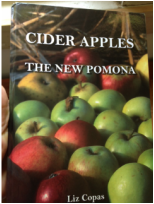 The hits keep on coming over here on our farm: eight more varieties in bloom since last report and wee fruitlets on the early bloomers. I can't tell you much about all of the apple varieties; with Scott having 100 in trial, I can't keep up! An amazing resource is Liz Copas's Cider Apples: The New Pomona. It is Scott's bible. Here's the latest blossom and fruiting report: April 12: Good fruit set (fingers crossed): Winter Banana, Transcendent Crab April 12: New blossoms: King David, Le Bret, Sweet Alford, Foxwhelp, Hudson's Golden Gem, Tremlett's Bitter, Waltana April 15: New blossoms: Rome Beauty Easter is tomorrow, and whether you're religious or not, you can't deny that this is the season for celebrating new life and rebirth. It's lush, verdant, fertile, and abundant out here. We've had to mow, weedwhack, and set the sheep out on new pastures because the grasses have grown up to our thighs, something I thought unimaginable back in January. Birds, ladybugs, lacewings, soldier beetles, and butterflies aplenty. All our veggie starts, herbs, and perennials are looking good, and I've been scything cover crop to prepare our kitchen garden. More rain is in the long-range forecast, and there are even murmurings of a strong El Niño developing in the Pacific, which generally means a rainy fall and winter for us. Fingers crossed.
Happy Easter, peeps! 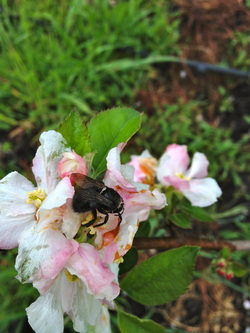 Bumblebee asleep in a Nehou blossom Bumblebee asleep in a Nehou blossom Two months ago, if you had told me that today I'd be walking in a swampy orchard thick with grasses, wildflowers, and cover crop, I would have thought you were crazy. April Fool's, right? But no, it is true! Since February 2, we've gotten about 22 inches of rain at our farm. Yay! Yes, yes, there is still a drought, but there is now hope California will survive. In fact, the rain has come on so intensely this past week, growers are getting a little nervous about the Gravenstein crop because all the rain is driving away the bees. It should dry out starting tomorrow, so I'm betting we'll be OK. That said, the blossoms do look a bit battered, and I found two bees sleeping on the job today. Seriously, dozing in the blossoms. When the sun comes out, I'm hoping they'll get back to work. Spring has been giving my iPhone camera a serious workout. From the iris and borage and Gravenstein in full bloom in front of our house, to the impossibly cute Kerry Irish Pippin (one of Scott's graftlings that can't be more than 2 feet high) wrapped in blossoms, to the rainbow over the tilted shed, to the wet woolly sheep and Sebastopol swamp chickens (plus having the cutest boy ever), I've been taking a lot of photos. Here's the latest blossoms and gooooorgeous imagery update. By the way, if you click on the images, larger photos will pop up for a closer look. But you already know that. Y'all know how to use the intarwebs, right? April 1: 1st blossoms (or thereabouts) for Newtown Pippin, Muscat de Bernay, Hauer Pippin, Black Gilliflower Sheep Nose (awesome name!), Knobbed Russet, Cox's Orange Pippin, Fall Pippin |
EllenTilted Shed co-owner, cider evangelist & shameless rabble rouser! Archives
February 2021
Categories
All
|
|
|
All materials copyright Fireball Farm & Ciders, LLC. 2011-2024. All rights reserved. All product names are trademarks or registered trademarks of Fireball Farm & Ciders, LLC. Tilted Shed Ciderworks is a registered trademark.
Home page photo by Karen Pavone Photography. We respectfully acknowledge that our orchard and those of our farmers are on the unceded lands of the Coast Miwok, Southern Pomo, and Graton Rancheria peoples. We sell alcohol. You must be 21+. This website uses cookies to improve your experience. Accessibility: We are committed to providing a fully accessible and optimized user experience for all site visitors, regardless of vision or other impairments. Should you experience any difficulty in accessing this website, please call 707-657-7796 or email info at tiltedshed dot com during normal business hours for assistance with this website. |


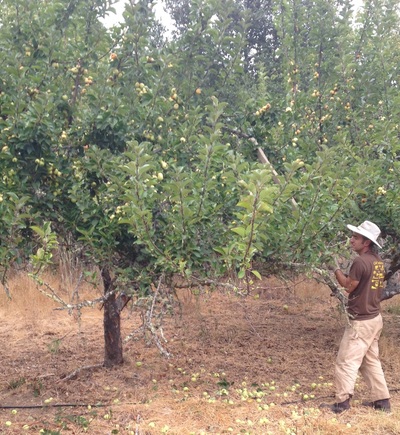
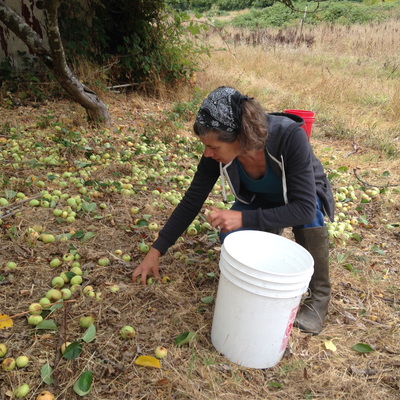
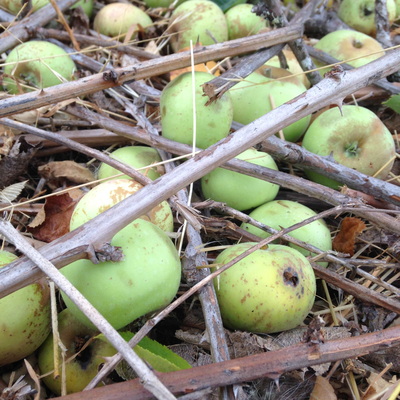


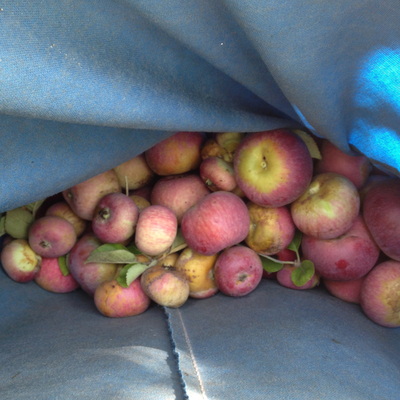

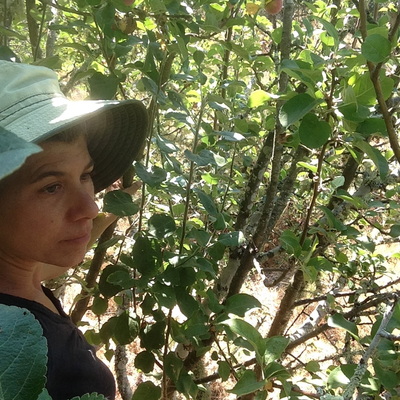
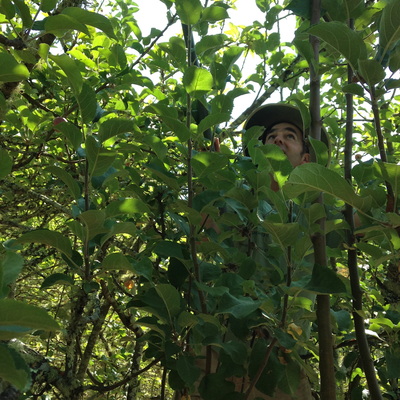

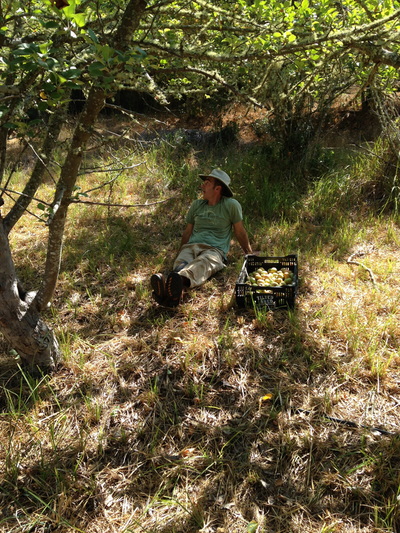
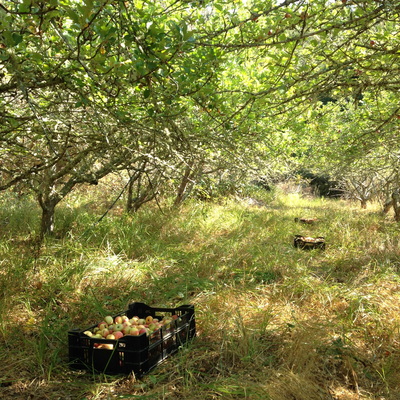
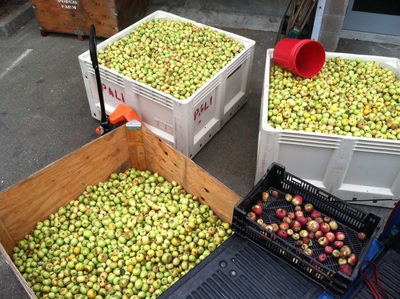
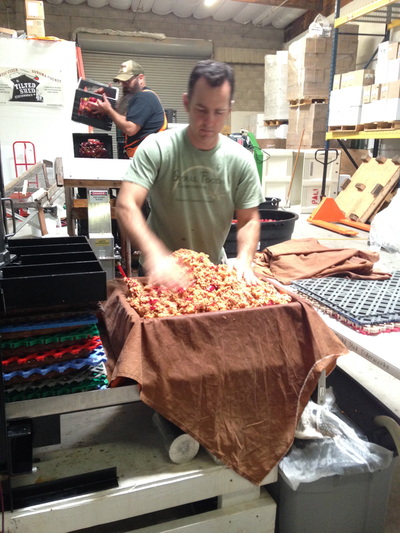


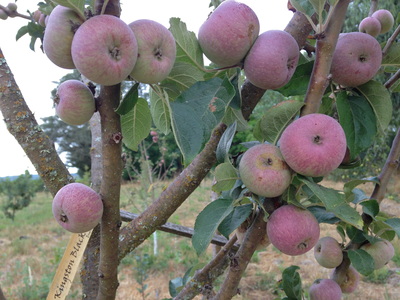


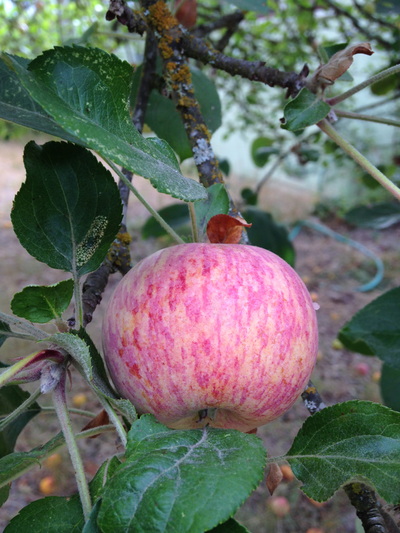
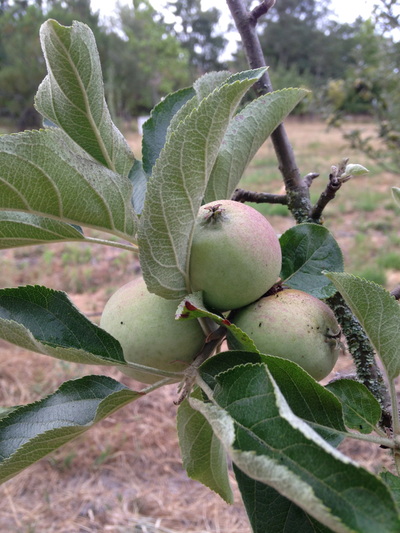
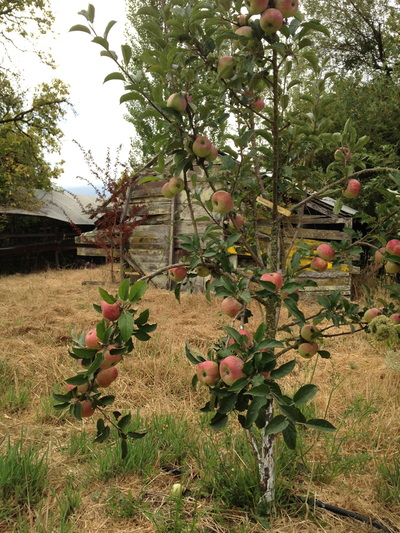
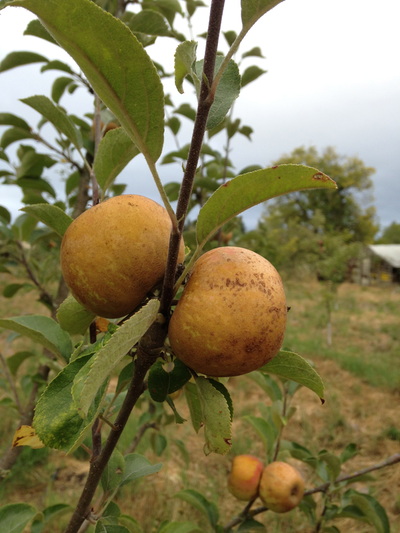

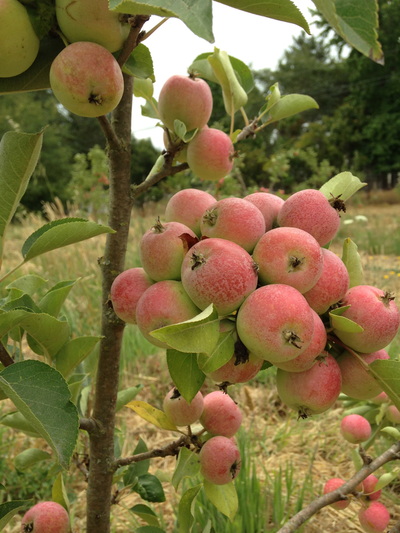
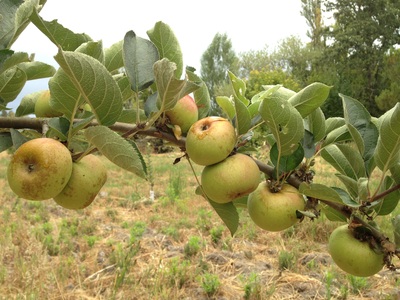




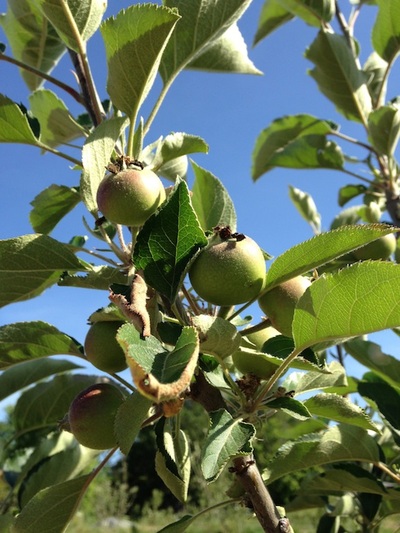


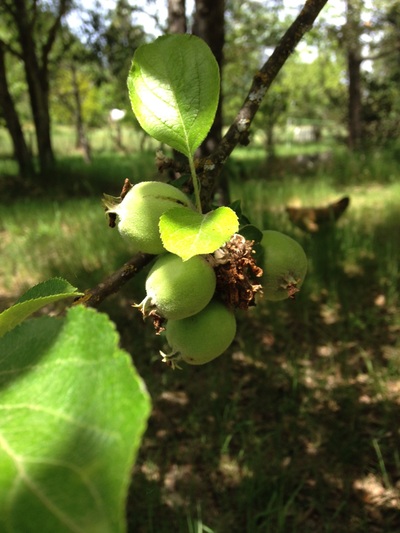



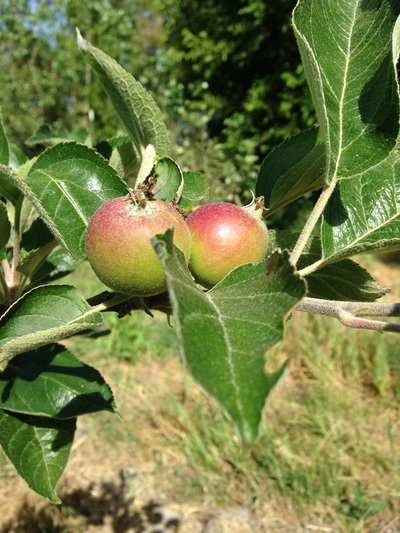
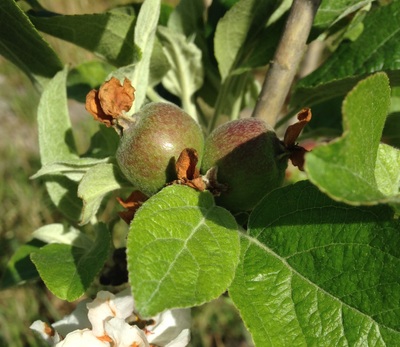

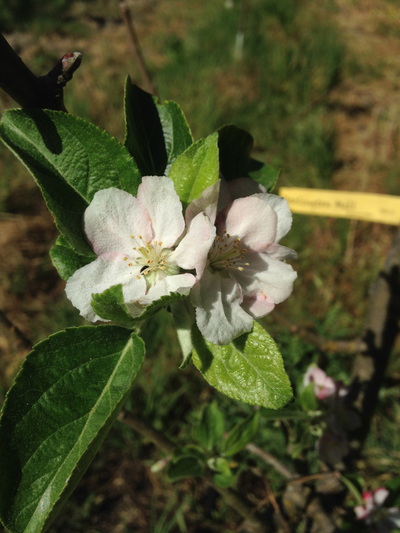
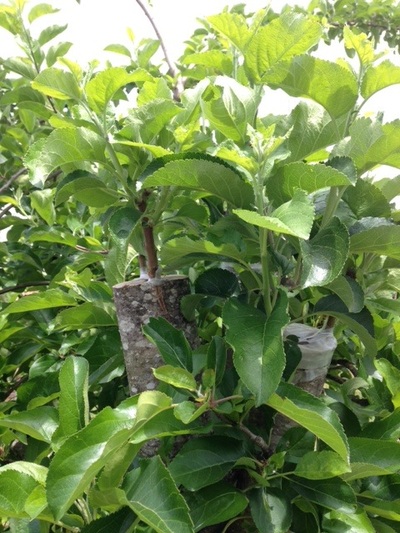
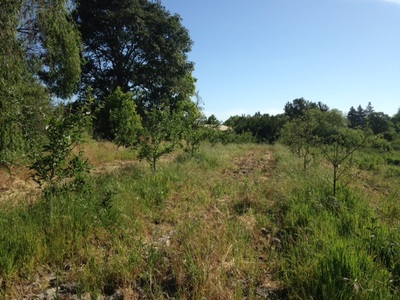
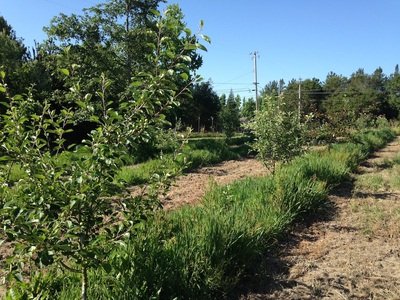
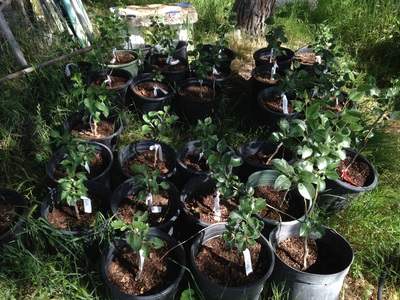
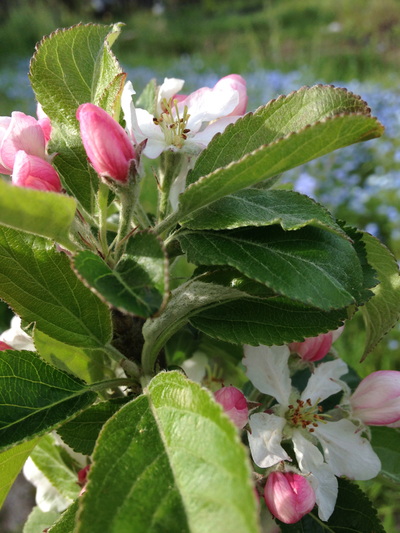




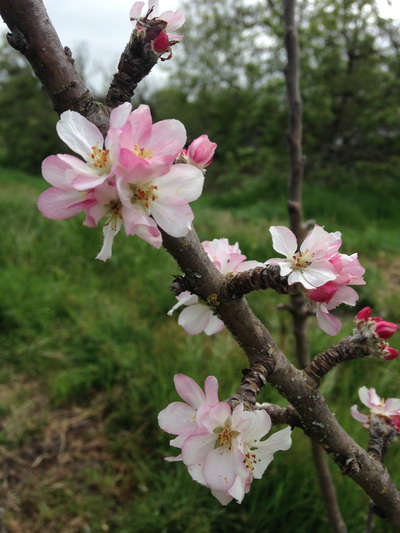
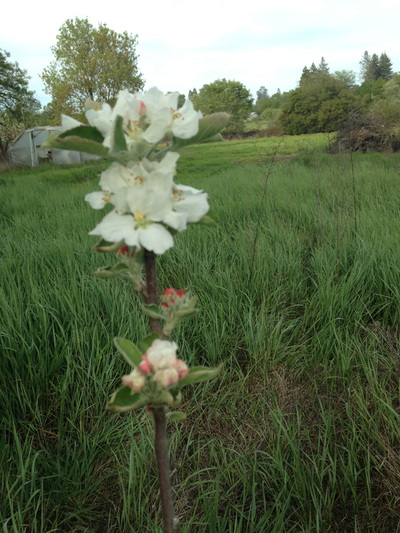
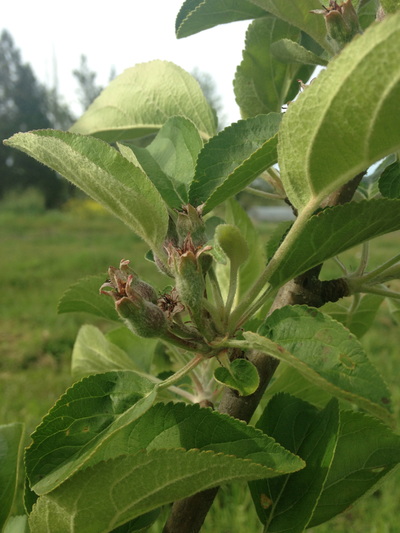
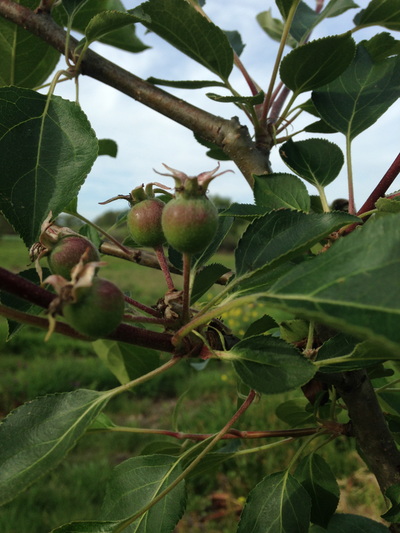


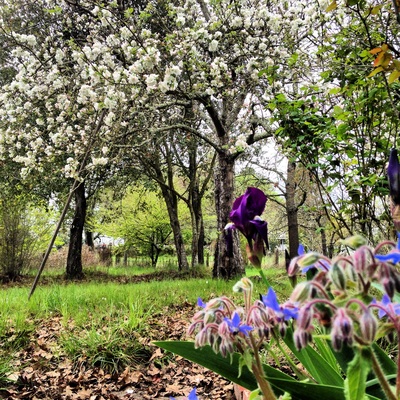
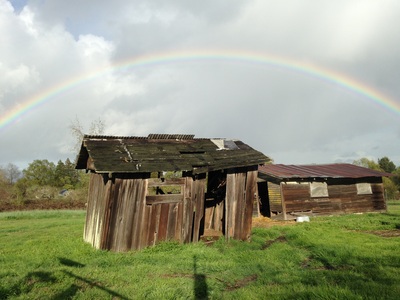
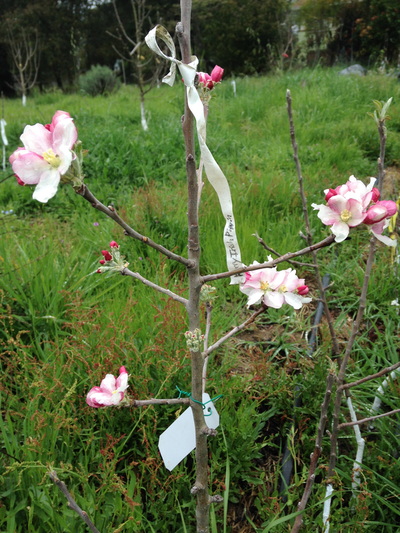

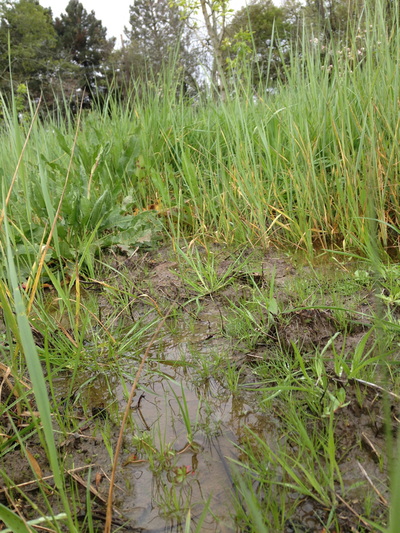
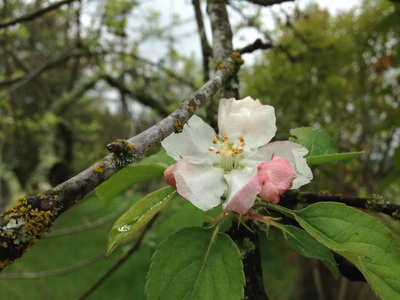


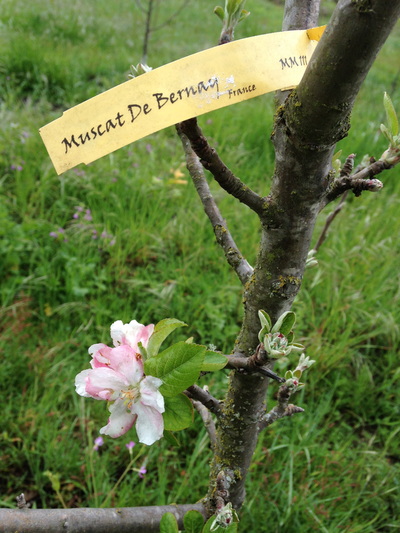
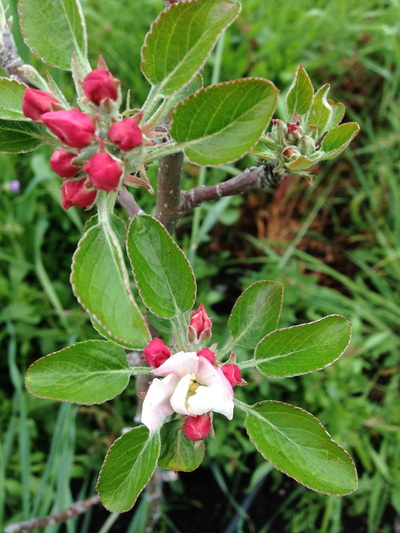
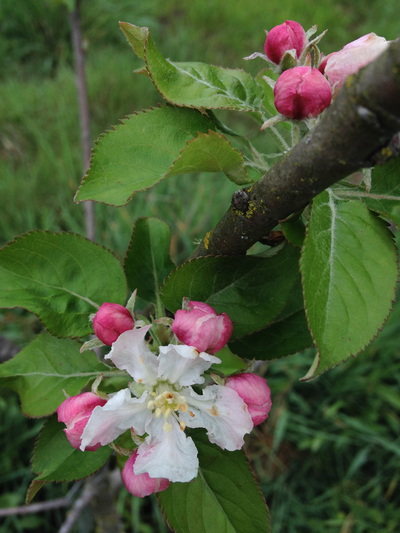
 RSS Feed
RSS Feed